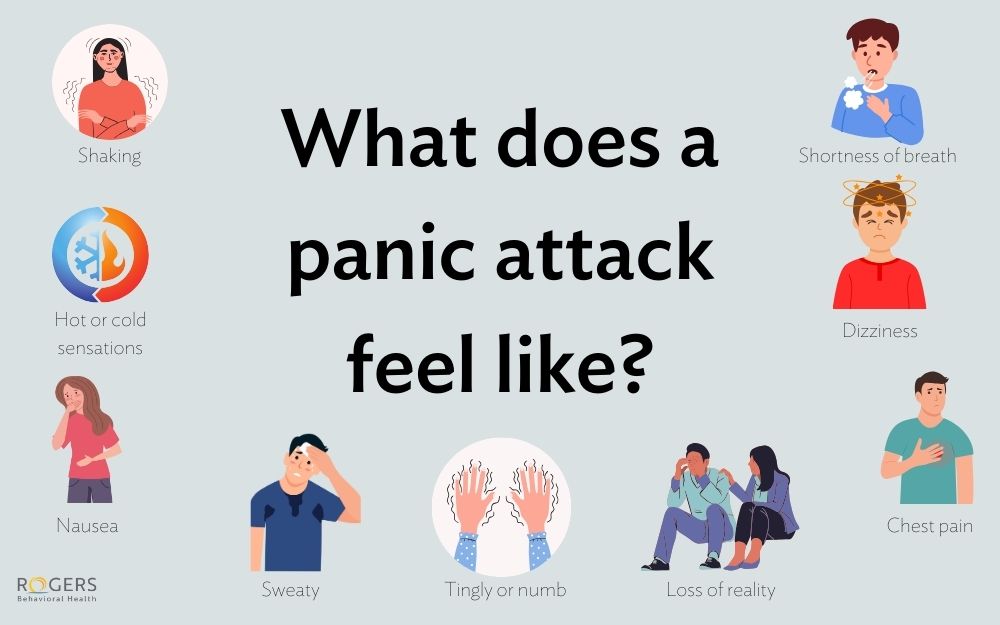The role of exercise in eating disorder recovery: a danger or an opportunity to practice moderation?
Posted on 03/05/19 02:53:pm
Share this article:
Much like treatment for eating disorders reintroduces foods or calories that have been eliminated, helping to reestablish a healthy relationship with exercise is an important part of eating disorder recovery at Rogers. Dr. Brad Smith, medical director of Rogers’ Oconomowoc location and its Eating Disorder care, discusses how the Rogers team views exercise in eating disorder recovery.
“The way that we approach exercise here is similar to the way we approach any of the behaviors that are involved in somebody’s eating disorder that become problematic,” Dr. Smith says. “We don’t ascribe to complete avoidance of a gym or of exercise, because it is a valuable part of a healthy lifestyle.”

If a person who was running on a treadmill to excess has goals to add more social interaction or values social interaction, then an alternative for running—which could be too much for them—could be tennis lessons or a golf league. This does a good job of combining social value with physical activity.
Some do choose to try and return to an activity that they previously overdid, particularly athletes with competition as one of their key values. While not recommended for every case, it’s something that can be done for the right reasons and Rogers has found a lot of success in doing so, says Dr. Smith. The key is doing so gradually and with a lot of support.
Even elite athletes can return to the level of physical activity needed to compete. Paul Schommer, for example, was treated at Rogers for his eating disorder as a teen. After treatment, he found a passion for cross country skiing, eventually leading to him now competing as a member of the U.S. Biathlon team.
If someone is having a hard time reintroducing exercise, a person’s health always comes first, even if this means eliminating certain forms of physical activity.
“There are occasions however, where we’ve tried it several times, and it has resulted in continued problems with the eating disorder. That person may have to look at a different sport or activity, or make some very difficult life decisions. But it’s all in the name of trying to move forward with a healthy life,” Dr. Smith adds.
How we can help
Learn more about how we treat eating disorders at Rogers Behavioral Health.
For admission information or a free screening, call 800-767-4411, or submit an online screening request.
If you do not feel you or your loved one needs treatment right away, but may be concerned, we offer online quizzes to possibly provide some relief. While these quizzes do not provide a diagnosis, it could be the first step in finding the treatment you may need. Take our online Eating Disorder Quiz today.



